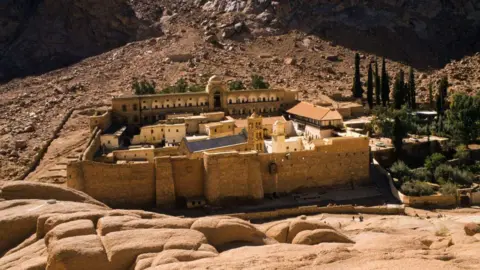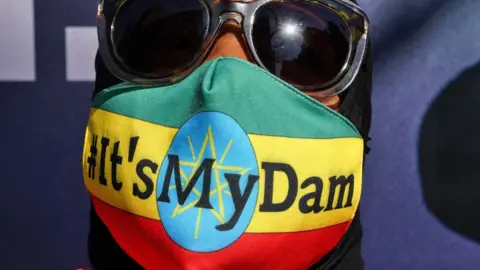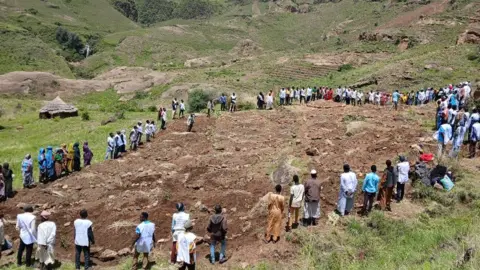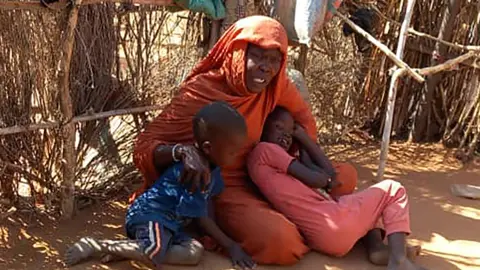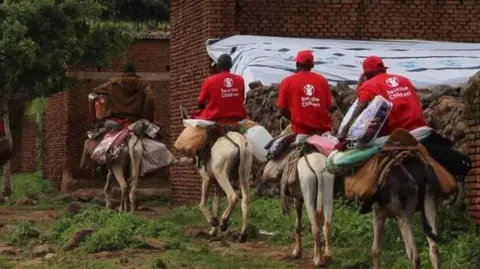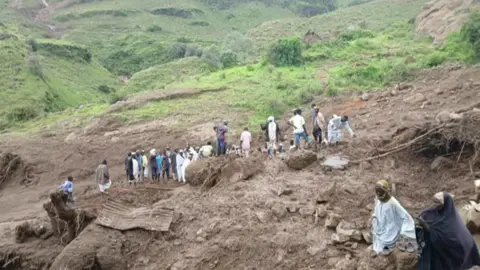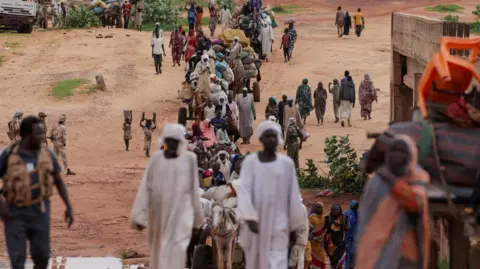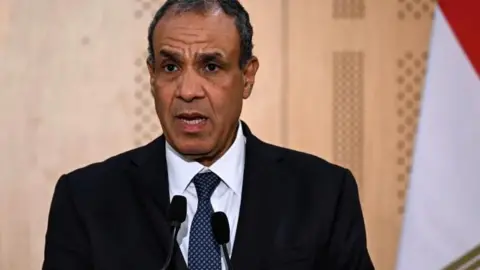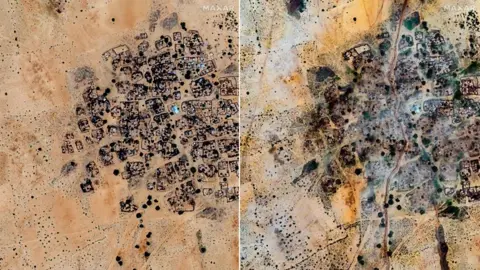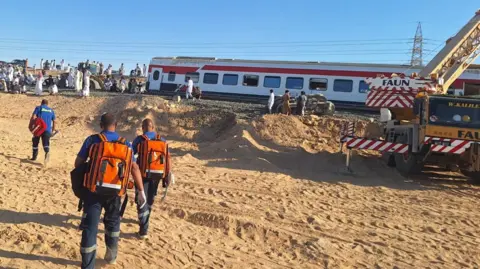The Ethiopian government has declared the Grand Ethiopian Renaissance Dam (GERD) finished, marking the conclusion of a project that has been a subject of regional tension for over a decade. Launched in 2011 with a budget of approximately $4 billion, the GERD is now recognized as Africa's largest hydroelectric power plant, heralding a source of national pride for Ethiopians who see it as crucial for fulfilling their increasing energy needs.
Prime Minister Abiy Ahmed addressed the completion in a public statement, aiming to ease the worries of downstream nations Egypt and Sudan. "To our neighbours downstream - Egypt and Sudan - our message is clear: the Renaissance Dam is not a threat, but a shared opportunity," he stated, emphasizing the spirit of cooperation over competition. This diplomatic overture comes after intense discussions around the dam, previously escalated by remarks from former U.S. President Donald Trump, who cited threats of escalating conflict over water rights.
The dam stretches over a mile long and rises 145 meters high, situated on the Blue Nile tributary, which contributes 85% of the Nile's flow. While Ethiopia intends to harness the dam’s power to supply electricity for its population—approximately 60% of which currently lacks reliable energy—Egypt remains anxious that the dam will significantly diminish its water intake. Egyptian authorities assert that even a slight reduction in water could devastate their agricultural landscape, potentially threatening up to 200,000 acres of irrigated land. Sudan shares these apprehensions regarding its reliance on the Nile for water.
In a bid for continued diplomatic discussions, Prime Minister Abiy expressed Ethiopia's willingness to engage constructively with both Egypt and Sudan, although previous negotiations have struggled to achieve consensus. He also extended invitations for Egyptian President Abdel Fattah al-Sisi and Sudan's military chief Abdel Fattah al-Burhan to attend the dam’s official inauguration planned for September, aiming to reinforce the importance of mutual collaboration on shared resources.
This latest development will be closely monitored as the regional dynamics surrounding the Nile continue to unfold, reflecting the delicate balance of power and resource management in Northeast Africa.
Prime Minister Abiy Ahmed addressed the completion in a public statement, aiming to ease the worries of downstream nations Egypt and Sudan. "To our neighbours downstream - Egypt and Sudan - our message is clear: the Renaissance Dam is not a threat, but a shared opportunity," he stated, emphasizing the spirit of cooperation over competition. This diplomatic overture comes after intense discussions around the dam, previously escalated by remarks from former U.S. President Donald Trump, who cited threats of escalating conflict over water rights.
The dam stretches over a mile long and rises 145 meters high, situated on the Blue Nile tributary, which contributes 85% of the Nile's flow. While Ethiopia intends to harness the dam’s power to supply electricity for its population—approximately 60% of which currently lacks reliable energy—Egypt remains anxious that the dam will significantly diminish its water intake. Egyptian authorities assert that even a slight reduction in water could devastate their agricultural landscape, potentially threatening up to 200,000 acres of irrigated land. Sudan shares these apprehensions regarding its reliance on the Nile for water.
In a bid for continued diplomatic discussions, Prime Minister Abiy expressed Ethiopia's willingness to engage constructively with both Egypt and Sudan, although previous negotiations have struggled to achieve consensus. He also extended invitations for Egyptian President Abdel Fattah al-Sisi and Sudan's military chief Abdel Fattah al-Burhan to attend the dam’s official inauguration planned for September, aiming to reinforce the importance of mutual collaboration on shared resources.
This latest development will be closely monitored as the regional dynamics surrounding the Nile continue to unfold, reflecting the delicate balance of power and resource management in Northeast Africa.




